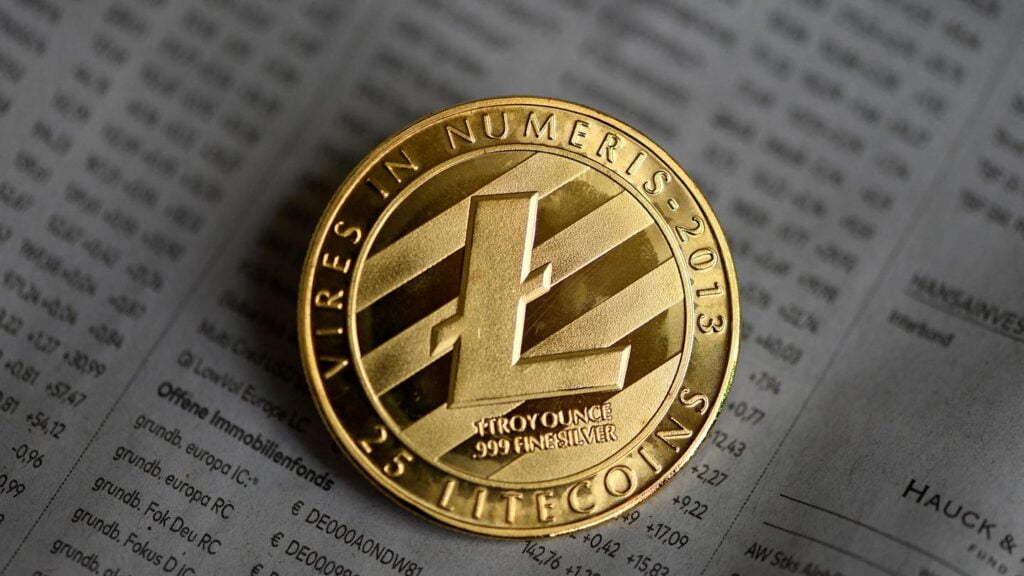Litecoin: Unveiling the Silver to Bitcoin’s Gold in the Cryptocurrency Realm
3 min read
Introduction
In the vast universe of cryptocurrencies, Litecoin (LTC) stands out as one of the earliest and most enduring digital assets. Often referred to as the “silver to Bitcoin’s gold,” Litecoin was created by Charlie Lee in 2011 as a fork of the Bitcoin codebase. With its unique features and dedicated community, Litecoin has carved a niche for itself in the cryptocurrency ecosystem. This article explores the origins, characteristics, use cases, and significance of Litecoin.
Genesis of Litecoin: A Faster Alternative
Litecoin was introduced as a response to certain limitations of Bitcoin, primarily its transaction speed and scalability. Charlie Lee aimed to create a cryptocurrency that could complement Bitcoin’s store of value narrative while offering faster transaction confirmations and a different hashing algorithm. As a result, Litecoin was born, utilizing the Scrypt proof-of-work algorithm instead of Bitcoin’s SHA-256.
Key Features of Litecoin
- Faster Transaction Speed: One of Litecoin’s standout features is its quicker block generation time, which allows for faster transaction confirmations compared to Bitcoin. This makes Litecoin more suitable for day-to-day transactions and merchant adoption.
- Scrypt Algorithm: Litecoin’s use of the Scrypt algorithm was designed to prevent the concentration of mining power that can occur with specialized hardware used in Bitcoin mining. This democratizes the mining process and enhances decentralization.
- Increased Supply: Litecoin has a higher maximum supply than Bitcoin, with a total of 84 million coins compared to Bitcoin’s 21 million. This potentially makes Litecoin more accessible for everyday transactions due to its larger circulating supply.
- Active Development and Community: Litecoin has maintained an active development team and a dedicated community since its inception. Regular updates and improvements have been made to enhance its functionality and security.
Use Cases and Significance
- Microtransactions and Payments: Litecoin’s faster transaction confirmation time makes it well-suited for microtransactions and everyday payments. It aims to provide a seamless experience for transferring value between users.
- Testbed for Innovation: Litecoin often serves as a testing ground for implementing new technologies before they are introduced to Bitcoin. For example, Litecoin was one of the first major cryptocurrencies to activate Segregated Witness (SegWit), which enhances transaction capacity and security.
- Complementary to Bitcoin: Litecoin’s positioning as “silver to Bitcoin’s gold” suggests that it can complement Bitcoin by offering faster transactions and lower fees, making it suitable for smaller-value transactions while Bitcoin remains a store of value.
Challenges and Future Outlook
While Litecoin has established itself as a well-known cryptocurrency, it also faces challenges similar to other digital assets, such as regulatory uncertainties and market volatility. Additionally, the ever-evolving cryptocurrency landscape requires Litecoin to continue innovating to stay relevant.
Conclusion
Litecoin’s journey from its creation as a “lighter” alternative to Bitcoin to its present-day status as a respected cryptocurrency showcases its enduring appeal and relevance. As the cryptocurrency space continues to evolve, Litecoin’s unique features and contributions to the ecosystem will likely continue to shape its role as a vital player in the digital financial landscape.






